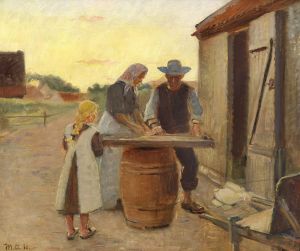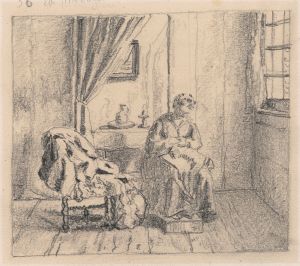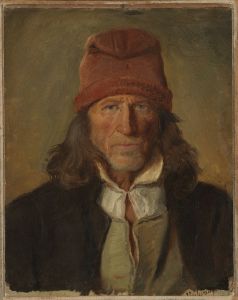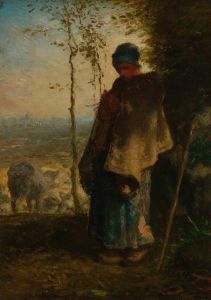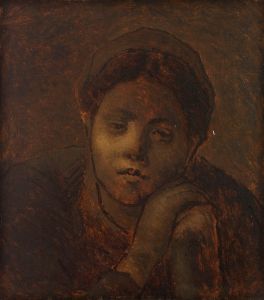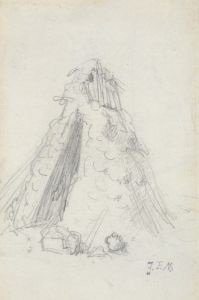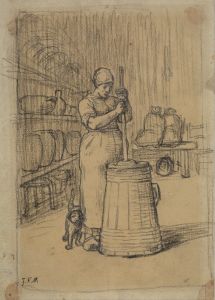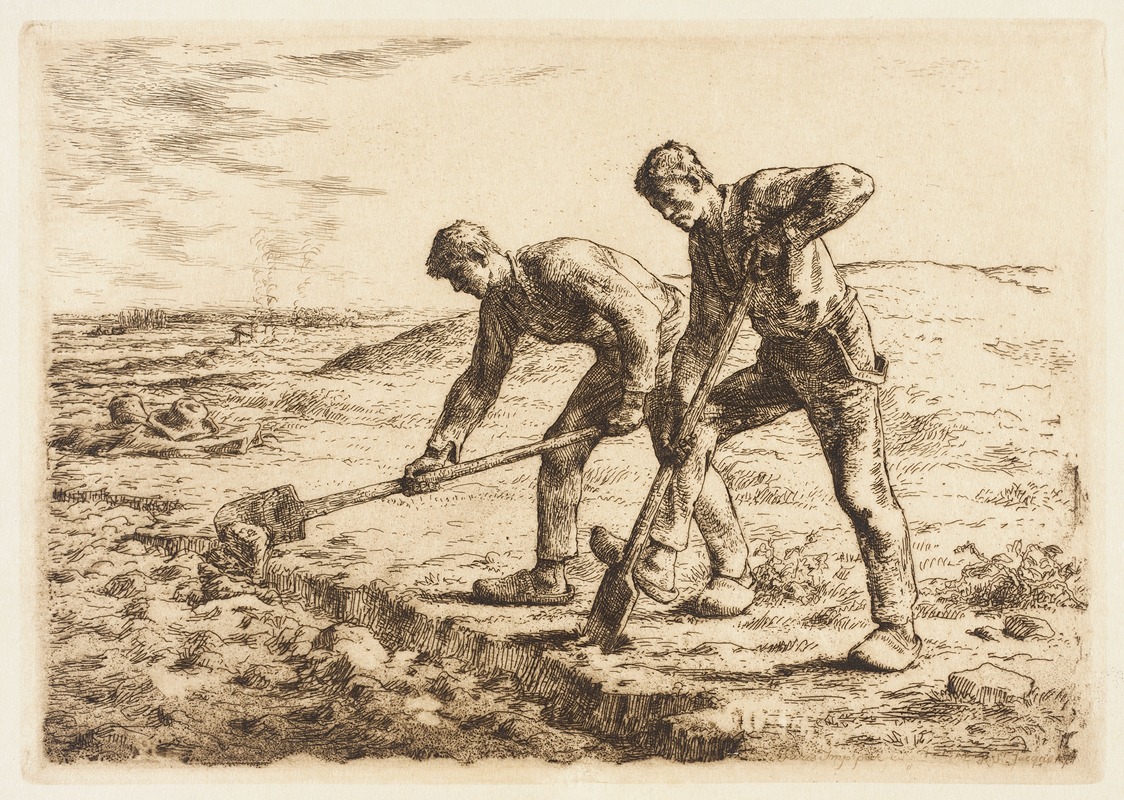
Les Bêcheurs
A hand-painted replica of Jean-François Millet’s masterpiece Les Bêcheurs, meticulously crafted by professional artists to capture the true essence of the original. Each piece is created with museum-quality canvas and rare mineral pigments, carefully painted by experienced artists with delicate brushstrokes and rich, layered colors to perfectly recreate the texture of the original artwork. Unlike machine-printed reproductions, this hand-painted version brings the painting to life, infused with the artist’s emotions and skill in every stroke. Whether for personal collection or home decoration, it instantly elevates the artistic atmosphere of any space.
"Les Bêcheurs" (The Diggers) is a painting by the French artist Jean-François Millet, created in 1861. Millet was a prominent figure in the Realism movement, which sought to depict everyday life and ordinary people with honesty and without idealization. This painting is a quintessential example of Millet's focus on rural laborers and their connection to the land.
The painting depicts two male figures engaged in the laborious task of digging. They are shown in a field, bent over their spades, with their bodies and faces expressing the physical strain of their work. The earthy tones and the detailed rendering of the figures emphasize the harsh realities of rural life. Millet's use of light and shadow adds depth to the scene, highlighting the muscular effort of the diggers and the texture of the soil they are working.
Millet was born in 1814 in the village of Gruchy, in Normandy, France. His upbringing in a farming community had a profound influence on his artistic themes. He moved to Paris in 1837 to study art, but his rural roots remained a central influence throughout his career. By the time he painted "Les Bêcheurs," Millet had already established himself as a leading artist of the Barbizon School, a group of painters who settled in the village of Barbizon near the Forest of Fontainebleau and were known for their realistic depictions of rural life and landscapes.
"Les Bêcheurs" reflects Millet's deep empathy for the peasant class and his commitment to portraying their dignity and resilience. Unlike many of his contemporaries who focused on the lives of the urban bourgeoisie or historical and mythological subjects, Millet chose to highlight the often-overlooked lives of rural workers. His work was sometimes controversial because it challenged the romanticized views of rural life that were prevalent at the time.
Millet's paintings, including "Les Bêcheurs," were influential in shaping the direction of modern art. His focus on the working class and his realistic style were precursors to later movements such as Social Realism and even influenced the Impressionists. Artists like Vincent van Gogh admired Millet's work for its emotional depth and truthful representation of peasant life.
"Les Bêcheurs" is housed in the Musée d'Orsay in Paris, which holds an extensive collection of 19th-century art. The museum's collection includes several other works by Millet, providing a comprehensive view of his contributions to art and his enduring legacy.
In summary, "Les Bêcheurs" by Jean-François Millet is a significant work that exemplifies the artist's dedication to depicting the lives of rural laborers with honesty and respect. It stands as a testament to Millet's skill and his commitment to realism, offering viewers a poignant glimpse into the world of 19th-century French peasants.





